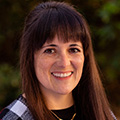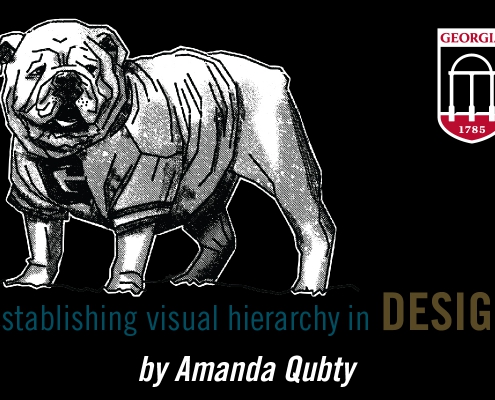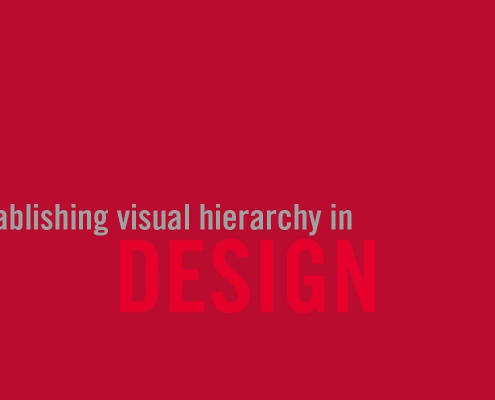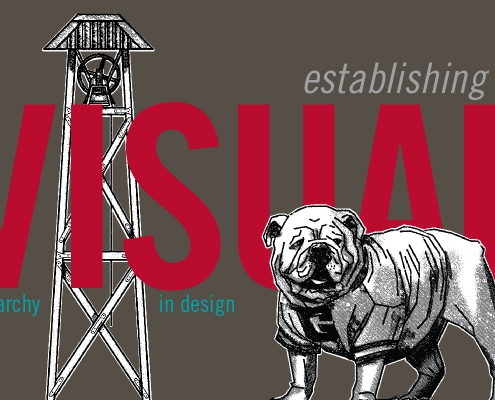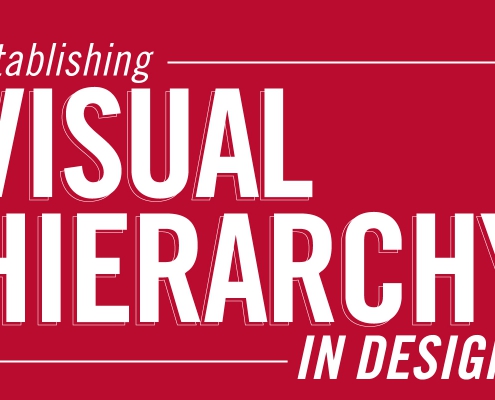My morning looked different on March 16. Yours did, too.
For most of us, working from home was an unfamiliar experience but a welcome step to help fight the COVID-19 pandemic.
Our commutes were replaced by walks to another room. The sounds of coworkers replaced by dogs barking, children talking or—for many—a lonely silence. And our dress shoes were replaced by … well, more on that in a second.
The last four months introduced new challenges and benefits. Sixty-two DAR employees responded to a survey in the June Pulse that asked about their experiences teleworking. The results speak to the varied DAR perspectives on working from home.
As we transition back into the office, let’s reflect on what these four months have meant to our division …
To wear or not to wear … shoes
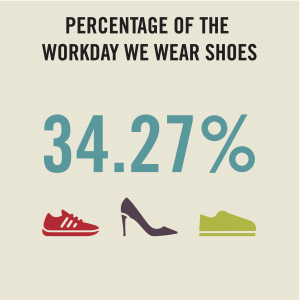
If there’s one thing DAR employees are doing, they are making sure they are comfortable! When respondents were asked what percentage of the work day they wore shoes, the average answer was just 34.27 percent.
Next time you are in a Zoom meeting, consider that if you’re a shoe-wearer, you’re likely in the minority.
Professional development
While working from home, DAR staff have adapted to a new normal.
For many, this meant developing new skills and/or enhancing pre-existing abilities. Nearly one-third (32 percent) of respondents named time management as the skill they are most proud of improving while teleworking. This was followed by familiarity with new technology (Zoom, anyone?) at 28 percent, and the ability to work independently at 25 percent.
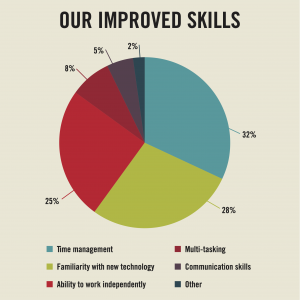
Additional talents
DAR employees developed a variety of talents working in a new environment—an environment that may be closer to the kitchen than we’d like.
Maybe that explains why the top ‘talent’ perfected by DAR staff was snack intake control (26 people). In second place was knowledge of the optimum amount of time you can go without a shower (23 people), followed by a close third: expertise in upper-body dress code (22 people).
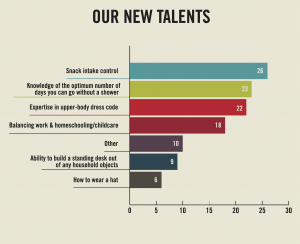
Great job, colleagues! We are clearly a stronger organization on the other side of this … although “expertise in lower-body dress code” is going to come in handy again as we return to the office.
Honorable mention: one person reported that they had developed a talent for music video creation. Hmm … are we due for another music video from Sir DJ Clint Travisty?
“Office-sick”
With such a stellar set of colleagues in the division, it’s natural to miss your workplace and your coworkers … or for two of you, the coffee machines.
When asked what they missed most about going into the office, there was a tie at 41 percent between in-person interactions and the separation between your workspace and your home life.
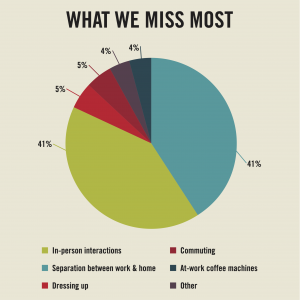
Honorable mention: three staff members noted that dressing up was the thing they missed most. To you three, I can’t wait to see what you wear when we return!
Best part about working from home
There are often pros to working from home. Thirty-five percent of survey respondents selected time with family/housemates as the most appealing aspect of teleworking. Twenty-two percent chose comfortable clothes and another 22 percent of you chose to write in answers (honorable mentions below). No commute and being with your pets drew 10 percent each.
One DAR staff member selected not having to pack a lunch. Hey, you’re my kind of person!
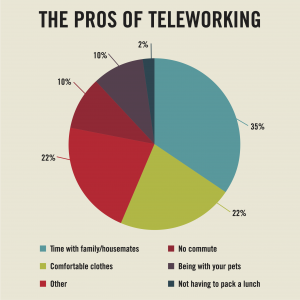
Honorable mentions:
- Two respondents mentioned keeping up with laundry as something they do during the day. Before supervisors get concerned, consider this appeal: “the time it takes to throw a load in is equivalent to walking to the water cooler at work.”
- One respondent enjoys checking on their vegetable garden.
- One respondent said they valued nothing about working from home and that it stinks. OK, Kelly, we miss you too.
Zoom backgrounds
In the early days of teleworking, we ensured the rooms behind us during Zoom meetings looked presentable. With Zoom backgrounds, we now don’t have to worry about that.
When asked about the best Zoom background they have seen so far, three respondents mentioned the Jay Stroman backgrounds during our division-wide farewell in May. Three people mentioned Brooks McCommons’ and Kathy Bangle’s first car meeting theme that led to great conversations among the development team. The communications team “borrowed” this idea and it was one of my favorite meetings as well.
Honorable mention: some staff members took pictures of their actual offices and used them as their backgrounds to appear as if they are still in the office. Tonya Moore, I see you!
The pandemic represents a unique chapter in our lives and it is worth appreciating the good along with the challenging. The best thing we can do is take it day by day and remain present in each moment. As Kelly has said, there is a light at the end of the tunnel. It will shine through. Keep persevering, everyone!
P.S. Thanks to everyone who completed my survey!


